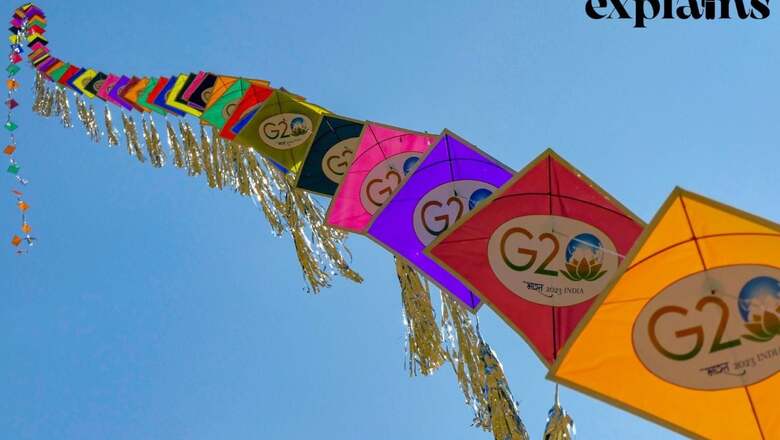
views
As India celebrates its 77th Independence Day on Tuesday, the day is marked by myriad festivities, including kite-flying.
People thronging their rooftops and a sky full of kites are a common sight during Independence Day across the country. This year is no different, as neighbours hold kite-flying competitions to celebrate the national holiday.
Kite-flying isn’t just restricted to a sport during Independence Day but holds cultural and historic significance, especially in the freedom struggle against the Britishers. Let’s take a look at this culturally-rich tradition.
Why Kite-flying is Popular on Independence Day?
Kite flying is a tradition followed in north India, particularly in cities like Delhi, Lucknow, Muradabad and Bareilly. The tradition is so popular in Old Delhi or the Shahjahanabad area where terrace parties are held with kite-flying competitions with Bollywood songs in the background.
The sky around Delhi is full of kites, while the terraces in the neighbourhoods of Chandni Chowk, Daryaganj, Hudson Lines, Kingsway Camp, Kamla Nagar and Tilak Nagar are full of onlookers and participants.
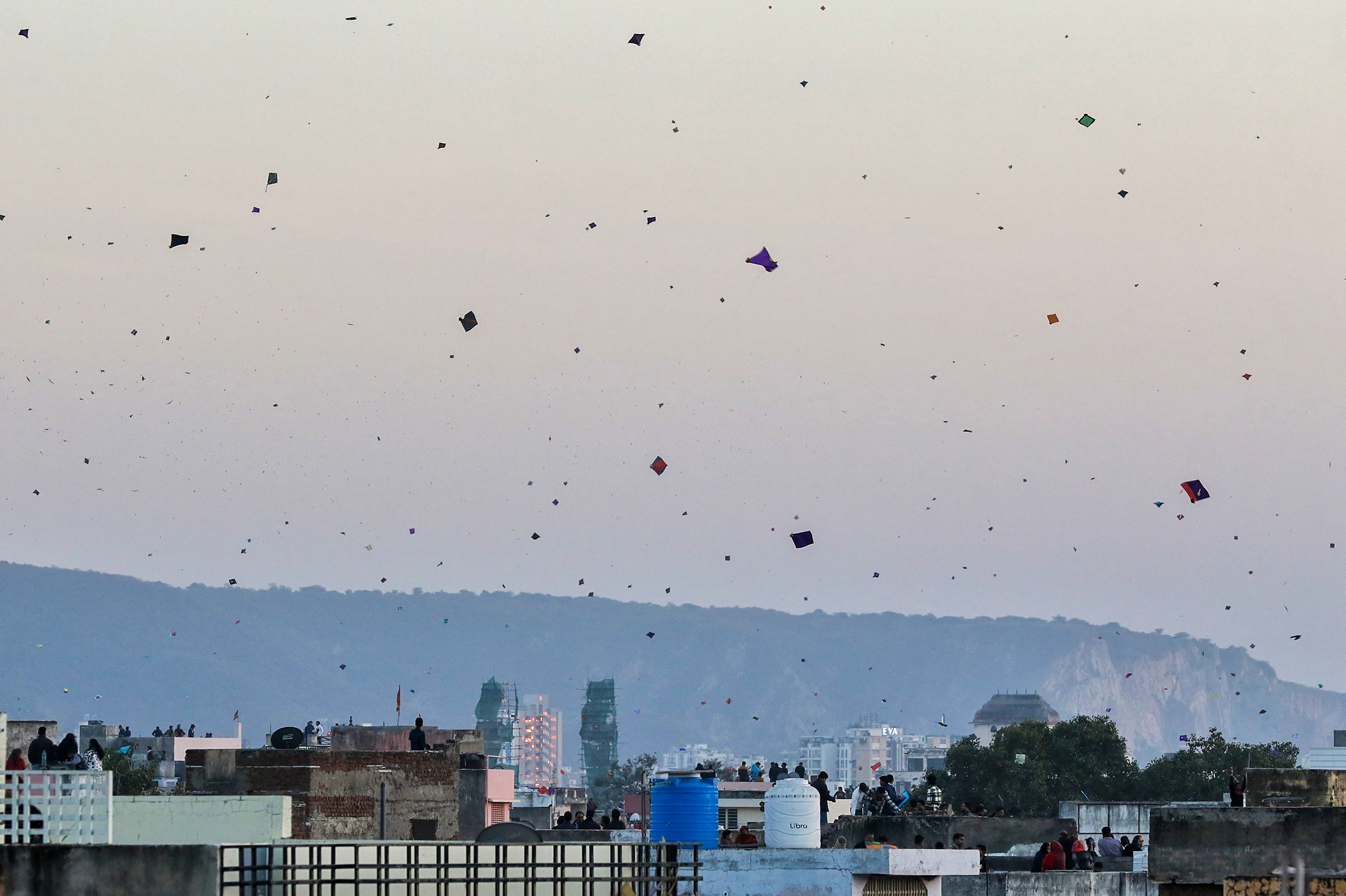
The tradition also finds its existence in pre-Independent India where it had roots in the freedom struggle. Before India attained independence from the British in 1947, freedom fighters came up with famous slogans like ‘Simon Go Back” to protest the Simon Commission in 1928.
The slogans became so popular that people across the country began writing it on kites and sending those skyward. Therefore, kite flying symbolised patriotism and mark for a complete and absolute change.
“The tradition of flying kites with messages written on them is very old. In 1927, freedom fighters flew kites written with Simon, Go Back to protest against the British rule,” Nibhul Pathak of Kite Club India, told PTI.
Kites have become an expression of independence and a way of resisting colonial power over time and is still practiced today. On every Independence Day, the young and old congregate on rooftops of cities and engage in kite-flying competitions.
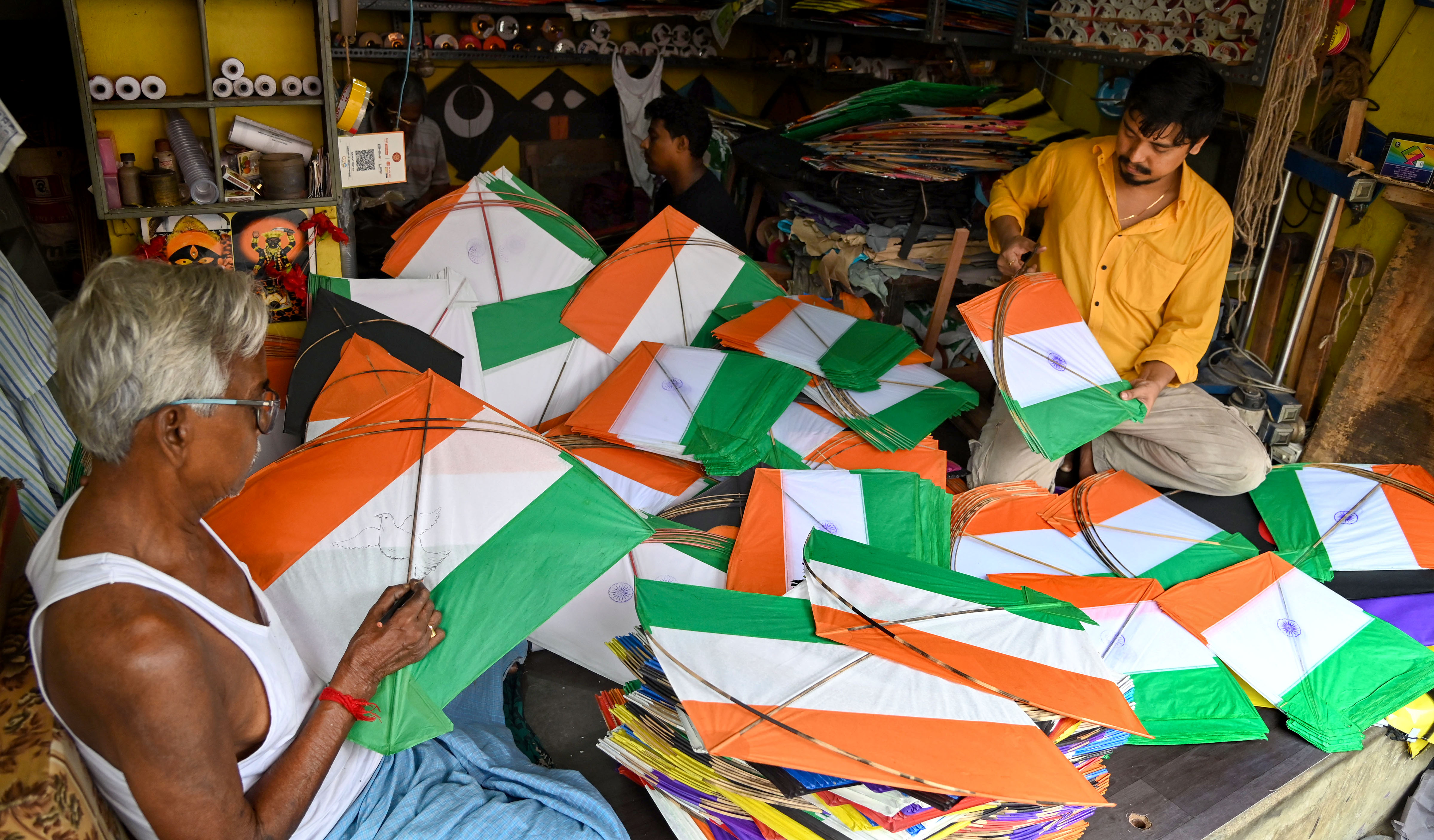
It has become a cultural motif of the Delhi tradition along with ‘kabootarbazi’ (pigeon-fighting) and ‘mushairas’ (a poetic symposium), which is practiced till today.
During the late 19th and 20th century, kites were used for military purposes, to spy on enemies, fly lethal explosives against aircraft and for similar motives.
Flown in Other Festivals
Apar from the Independence Day, kite-flying is also practiced during festivals in North India including Makar Sankranti, Basant Panchami and others.
In Gujarat and Rajasthan, kite-flying is a very hugely popular event during the festival of Makar Sankranti, while in Bengal it is flown during events like Vishwakarma Puja, Akshay Tritiya and others.
In Punjab, it forms a vital aspect of the Basant Panchami festival that marks the arrival of spring.
Ban on Chinese Manjha
The Delhi High Court has directed the Delhi Police to ensure there is no sale of Chinese manjha in the national capital during the Independence Day period. Justice Prathiba M Singh noted that the Delhi police has taken several steps to stop the sale of Chinese manjha and even registered 284 cases from February 16 to August 3 in an effort check the menace.
”It is directed that Delhi Police shall continue to take steps to restrain the sale of Chinese manjha in Delhi even during the forthcoming Independence Day period, which is the kite-flying season,” the court said in an order released on Thursday.
The court was hearing four petitions by family members of those who died or got injured by Chinese manjha while riding motorcycles. On February 10, the court had directed the crime branch of Delhi Police to investigate the manufacture, sale, purchase and storage of Chinese synthetic ‘manjha’, used for flying kites.
















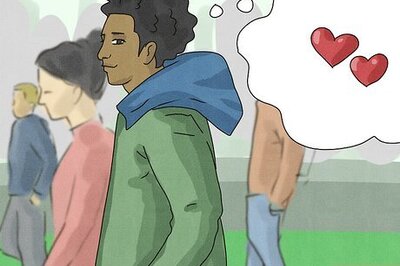
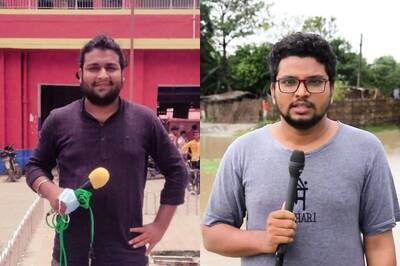


Comments
0 comment